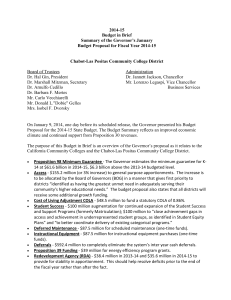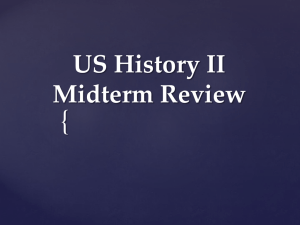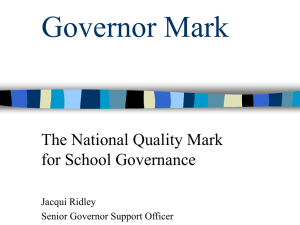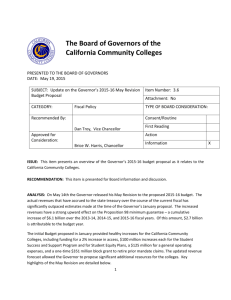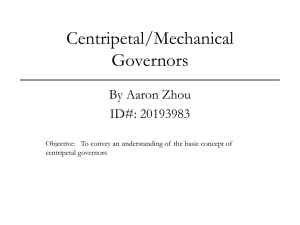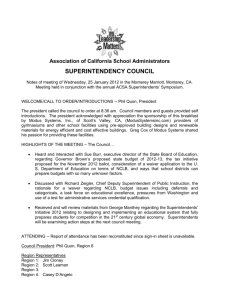2014 2015 Governor`s Budget Highlights
advertisement
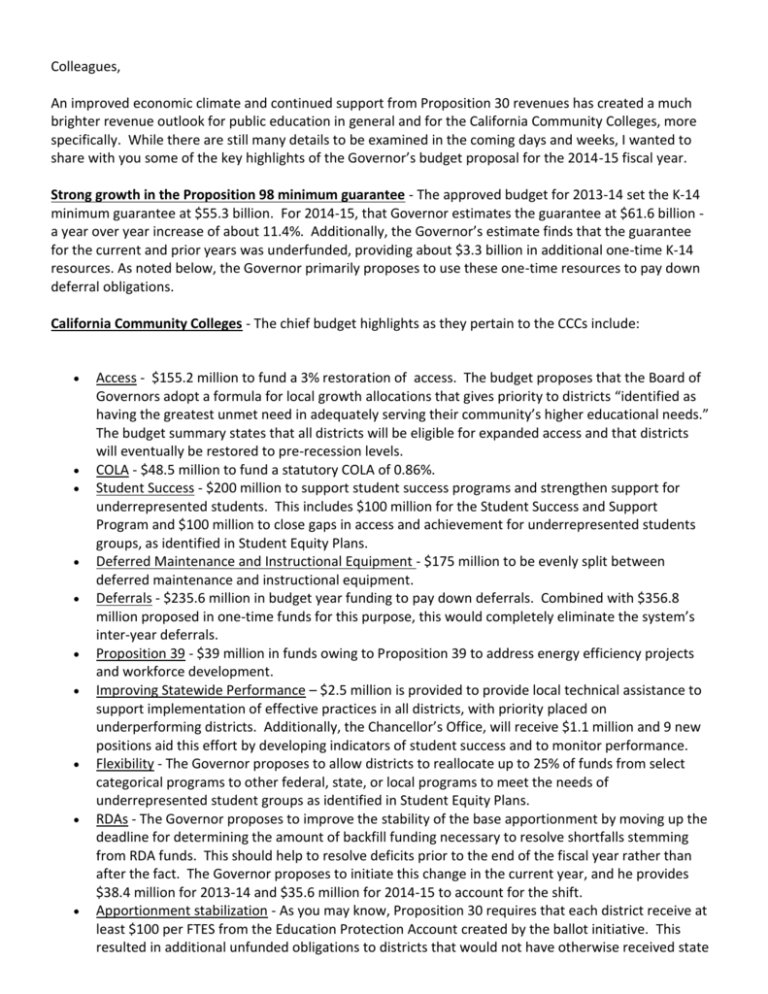
Colleagues, An improved economic climate and continued support from Proposition 30 revenues has created a much brighter revenue outlook for public education in general and for the California Community Colleges, more specifically. While there are still many details to be examined in the coming days and weeks, I wanted to share with you some of the key highlights of the Governor’s budget proposal for the 2014-15 fiscal year. Strong growth in the Proposition 98 minimum guarantee - The approved budget for 2013-14 set the K-14 minimum guarantee at $55.3 billion. For 2014-15, that Governor estimates the guarantee at $61.6 billion a year over year increase of about 11.4%. Additionally, the Governor’s estimate finds that the guarantee for the current and prior years was underfunded, providing about $3.3 billion in additional one-time K-14 resources. As noted below, the Governor primarily proposes to use these one-time resources to pay down deferral obligations. California Community Colleges - The chief budget highlights as they pertain to the CCCs include: Access - $155.2 million to fund a 3% restoration of access. The budget proposes that the Board of Governors adopt a formula for local growth allocations that gives priority to districts “identified as having the greatest unmet need in adequately serving their community’s higher educational needs.” The budget summary states that all districts will be eligible for expanded access and that districts will eventually be restored to pre-recession levels. COLA - $48.5 million to fund a statutory COLA of 0.86%. Student Success - $200 million to support student success programs and strengthen support for underrepresented students. This includes $100 million for the Student Success and Support Program and $100 million to close gaps in access and achievement for underrepresented students groups, as identified in Student Equity Plans. Deferred Maintenance and Instructional Equipment - $175 million to be evenly split between deferred maintenance and instructional equipment. Deferrals - $235.6 million in budget year funding to pay down deferrals. Combined with $356.8 million proposed in one-time funds for this purpose, this would completely eliminate the system’s inter-year deferrals. Proposition 39 - $39 million in funds owing to Proposition 39 to address energy efficiency projects and workforce development. Improving Statewide Performance – $2.5 million is provided to provide local technical assistance to support implementation of effective practices in all districts, with priority placed on underperforming districts. Additionally, the Chancellor’s Office, will receive $1.1 million and 9 new positions aid this effort by developing indicators of student success and to monitor performance. Flexibility - The Governor proposes to allow districts to reallocate up to 25% of funds from select categorical programs to other federal, state, or local programs to meet the needs of underrepresented student groups as identified in Student Equity Plans. RDAs - The Governor proposes to improve the stability of the base apportionment by moving up the deadline for determining the amount of backfill funding necessary to resolve shortfalls stemming from RDA funds. This should help to resolve deficits prior to the end of the fiscal year rather than after the fact. The Governor proposes to initiate this change in the current year, and he provides $38.4 million for 2013-14 and $35.6 million for 2014-15 to account for the shift. Apportionment stabilization - As you may know, Proposition 30 requires that each district receive at least $100 per FTES from the Education Protection Account created by the ballot initiative. This resulted in additional unfunded obligations to districts that would not have otherwise received state General Fund. The administration proposes to fund these obligations not only for 2014-15 and subsequent years, but also to backfill obligations from 2012-13 and 2013-14. The Governor attempts to further stabilize the base apportionment by estimating local obligations for FTES stability and restoration costs provided in statute. Broadly, these changes are intended to mitigate structural deficits that have plagued the system in recent years. Adult Education - The Governor reiterates his commitment to provide funding in the 2015-16 budget to implement to plans being developed by regional adult education consortia. Innovative Models of Higher Education – $50 million in one-time funding (non-Proposition 98) is proposed for incentive awards that recognize models of innovation in higher education that 1) increase the number of students earning bachelor’s degrees, 2) increase the number of bachelor’s degrees earned within four years, and 3) ease transfer the state’s education system. The Governor does not propose to raise student fees, nor does he propose to fund FTES on completion or to require all students seeking fee waivers to complete a FAFSA. Further, the Governor states the intent to devise a plan in the 2015-16 fiscal year that will resolve the CalSTRS fund shortfall within 30 years. UC and CSU - The Governor continues the four-year investment plan begun in 2013-14 by funding 5% increases in general fund support for UC and CSU. This equates to an increase of $142.2 million each for the UC Regents and the CSU Board of Trustees. The universities are expected to adopt three-year sustainability plans that set targets for key measures. Further, the Administration reiterates its expectation that current tuition and fee levels are maintained through 2016-17. K-12 - The Governor proposes to continue making progress toward implementing the newly instituted Local Control Funding Formula. Ongoing K-12 per pupils funds rates expenditures increase to $9,194 in 2014-15, up from $8,469 in the current year. The Governor proposes to eliminate year over year deferrals in K-12 just as he does for the Colleges. Constitutional Amendment - The K-12 section is further notable for a reference to state’s chronic revenue volatility, and states the intent to pursue a constitutional amendment that will “smooth year-to-year school spending to prevent damage caused by cuts.” The section further states that the amendment would not change the overall guaranteed level of funding for education. There are many details to review in the coming days, but these are the major highlights. Keep in mind that we remain several steps removed from an enacted budget. The next steps include the release of budget bills, trailer legislation, review by the Legislative Analyst’s Office and by legislative committees. Revenues will revised in May, which sets the table for the passage and approval of a final budget by the end of June. The Chancellor’s Office will keep you updated on all major developments. Regards, Dan Troy Vice Chancellor, College Finance and Facilities Planning California Community Colleges Chancellor’s Office ********************************************************************
